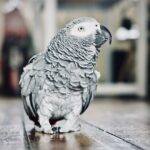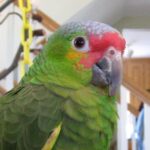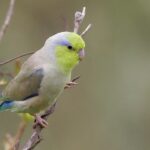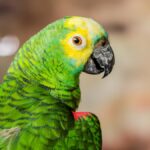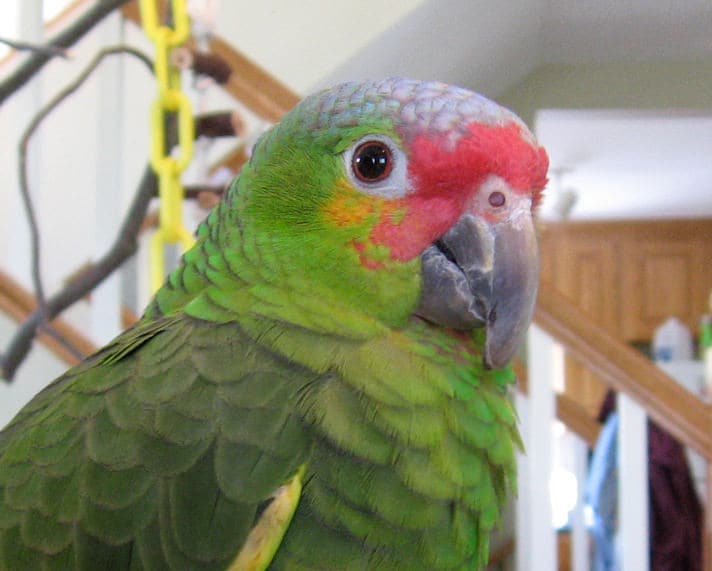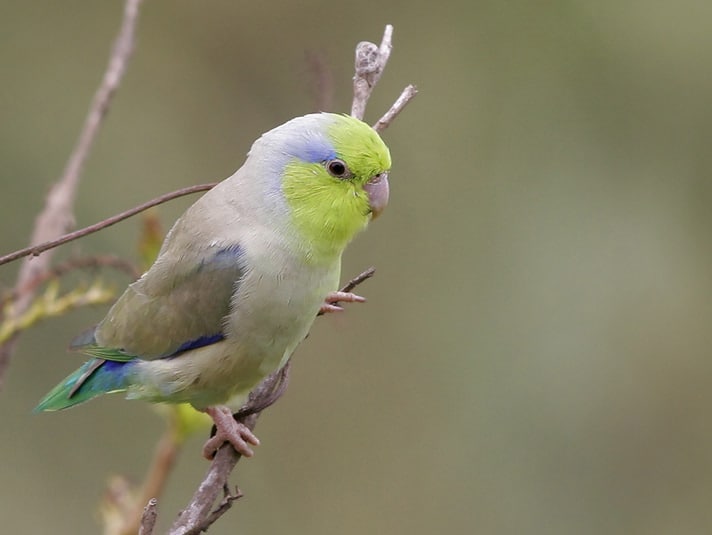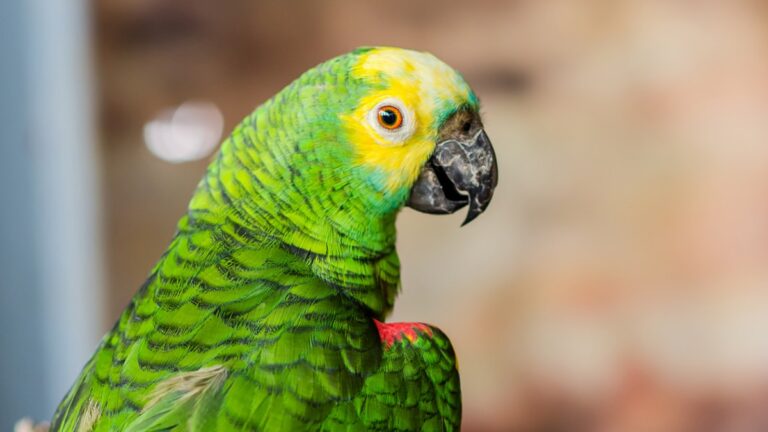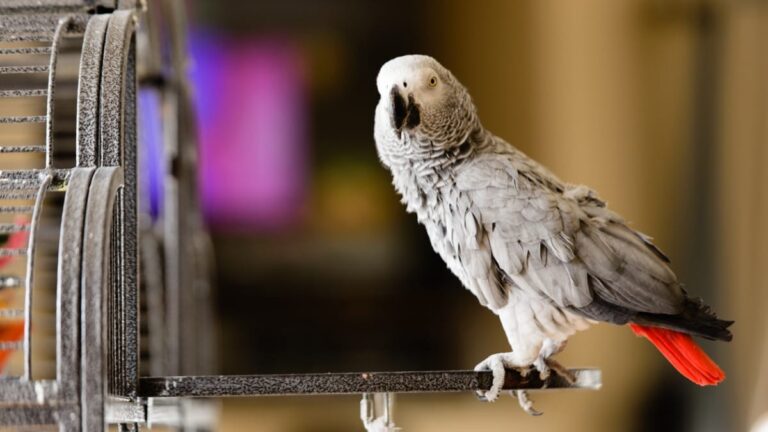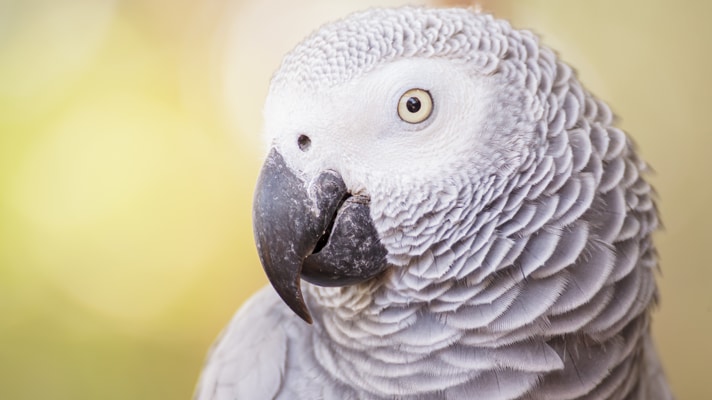How Do Wild Parrots Raise Their Babies?
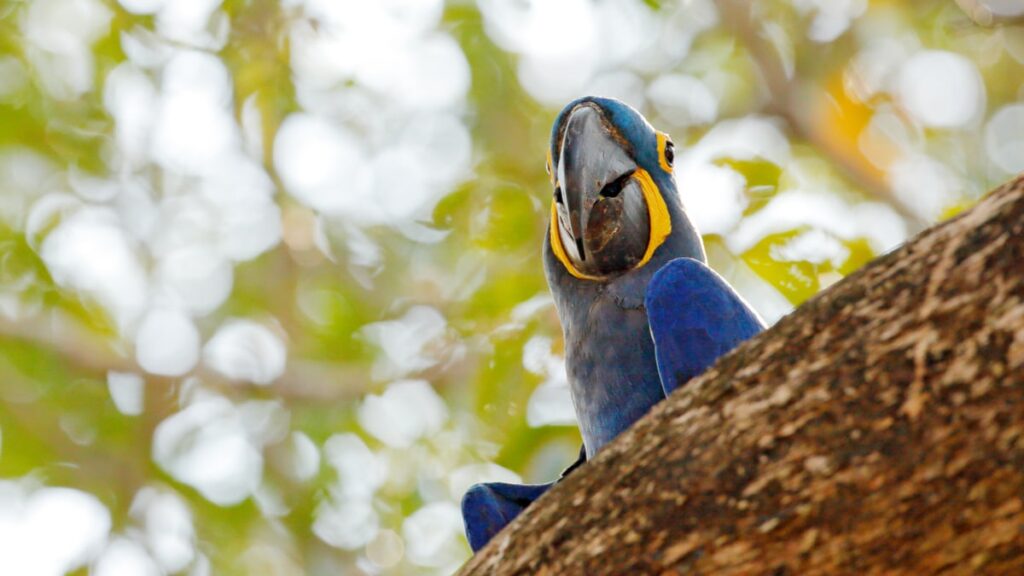
Photo by Chewy
Not all wild parrots raise their chicks in the same manner, but there are definitely similarities. I don’t believe that there are any parrot chicks that are not raised in a dark cavity.
Of course, most parrots build their nests in tree cavities, although there are exceptions. For example, the quaker parrot’s nest is constructed with twigs, branches and other materials placed on the branches of trees. This construction can house several pairs with their own “apartments.” These nests are continually added to until it can reach the point that the tree branches no longer support them and the apartment complex tumbles to the ground. Other parrots, such as the red-fronted macaw and Patagonian conure, create their nests in the cavities in cliff rocks and the banks of rivers.
While parrots vary somewhat as to where they build their nests, there is a significant factor that most have in common Their parental devotion to raising their babies until the youngsters can become independent.
Most parrots are in a category called K-selected species. We also fit into this category, which also includes elephants, whales and large primates. K-selected species tend to produce only a few offspring each year and provide these slowly developing offspring with an intense amount of parental care and protection.
Several parrot species, including the large cockatoos and macaws, provide care for their chicks as long as a year or more. The intense care that parrots, provide their youngsters involves much more than just feeding them. Parrots are genetically programmed to teach their offspring the social and survival skills that they need to be successful and, therefore, to reach adulthood to continue the perpetuation of the species. Without these critical lessons, it is doubtful that a young parrot would survive.
How Baby Parrots Are Raised In The Wild
Once baby parrots hatch, they are essentially living blobs of putty that go through an “eat, poop and sleep” stage before they start moving around in the nest. With most parrot species, a parent is with the babies most, if not all, of the time. The parents seem to poke the babies around quite a bit to reposition them. They keep them fed, warm, protected and clean even though the nest may not be that clean. In fact, it can be shocking for some people to see what the inside of wild parrot nests look like.
With baby parrots, there is something called “cloacal sipping.” The cloaca is the all-purpose vat at the end of the reproductive and digestive system. Before the immune system of a parrot chick is formed, there is a gland on the wall of the cloaca called the bursa of Fabricius. Essentially, this gland “sips” in air from the baby’s environment to aid in the development of its immune system. It is interesting to note that although a wild parrot nest is not as clean as we think it should be, it may actually create a stronger immune system.
I believe that people who breed and raise parrots should learn from the way wild parrots parent their young. For many years, I have wondered why baby parrots are raised in well-lit aquariums, which is the opposite of the darkness of the tree cavities that wild parrots are raised in. Physical contact with another chick (or chicks) and the wild parents are also important for their proper development and security.
Testing Their Wings
As babies feather out, they move around the nest a lot more and eventually start to become curious about the light coming in through the entrance to the nest cavity. They know that their parents come into the nest with food for them. They start to hang out near the nest entrance and may even climb out on to a nearby branch. Eventually, they start to flap their wings and may even lift off before they actually fledge. When the youngsters are ready, the parents encourage them to leave the nest and fly with them.
I’ve never watched a wild parrot fledge, but I have seen domestically raised babies fledge, and it can be a sort of free-for-all. It may be instinctive for a parrot to fly, but it is clear to me that the finesse of flying is learned.
The ability to learn through observation and interaction with parents and sometimes other family or flock members is another trait of a K-selected species.
Parents Know Best: A Wild Bird Fledges...
Several years ago, when I lived in Kansas and did a lot of wild bird watching, I found a scissor-tailed flycatcher nest not too far from my home. I went every morning to quietly observe the development of the chicks.
The first four fledged enthusiastically with parental calling and supervision. There was a certain amount of clumsiness, but it didn’t take long for them to fly with confidence. The fifth chick, which I presumed was the youngest, didn’t want to take off from the security of the branch next to the nest. One of the parents just flew right into him forcing him off of his perch; after he got past being startled, he flew just as well as the other youngsters.
Excerpt from BIRD TALK Magazine, April 2011 issue, with permission from its publisher, I-5 Publishing.
Posted by: Chewy Editorial
Featured Image: Ondrej Prosicky/Shutterstock.com
